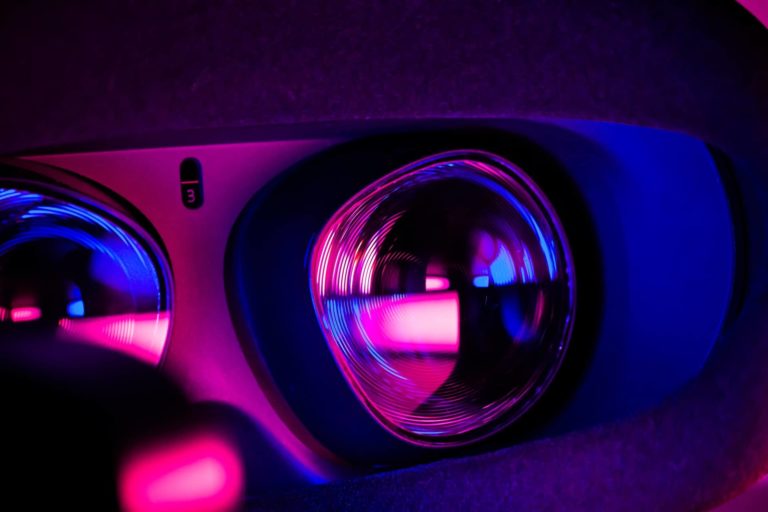
Like many analyst firms, market sizing is one of the ongoing practices of AR Insider’s research arm ARtillery Intelligence. A few times per year, it goes into isolation and buries itself deep in financial modeling. One such exercise recently examined the full spatial spectrum.
By that we mean the main tentpoles of XR: mobile AR, headworn AR, and VR. These each get their own standalone forecasts, but are also assembled together once per year for a holistic view. We don’t do market sizing around the m-word because, well, it doesn’t exist yet.
So what did this forecast uncover? At a high level, global XR revenue is projected to grow from $15.7 billion in 2021 to $73.1 billion in 2026. This steep growth is driven by the collective revenue generation around several markets, and the projected outer-year inflections in headworn AR.
Drilling down, our latest Behind the Numbers installment looks at the forecast’s high-level takeaways. What XR subsectors are leading the way? Which ones show promise in the longer term? And how do today’s investments from the likes of Apple and Meta help shape that future?
Gradual Process
Starting with revenue shares among XR’s main segments, Mobile AR leads the pack this year with $14.8 billion in revenue, followed by VR ($10.9 billion) and headworn AR ($2.8 billion). Mobile AR’s lead is owed to piggybacking on an installed base of 3 billion+ smartphones.
But that installed base doesn’t always translate to revenue. For example, consumer spending in mobile AR is relatively low. Most of that spending is for digital goods, such as in-app purchases in Pokémon Go. Though the game is still going strong, it’s a bit of an outlier.
In fact, most consumers aren’t paying for AR experiences. Those that do mostly execute in-app purchases – an established and comfort-advantaged behavior thanks to the wide world of mobile gaming. The bottom line is that consumers largely aren’t buying AR apps.
So if not consumers, where is money being made in mobile AR? The short answer is B2B2C. This involves brand spending to create AR experiences for their customers or targets. It includes AR experience creation software, and marketing spend such as sponsored lenses.
To put that another way, most mobile AR usage and activity is brand-sponsored rather than user-purchased. This is mostly because the technology isn’t yet proven enough to generate demand levels that compel users to open their wallets. This will be a gradual acclimation process.
Time to Market
Sticking with that B2B2C principle, it goes well beyond mobile AR. We see a similar dynamic – though less dominant – in VR and headworn AR. Both fields see an opportunity for developer tools and other enabling tech that democratizes XR creation and accelerates time to market.
Zeroing in on VR, it’s a segment where most revenue comes from consumers, due to gaming’s lead as a use case. But enterprise follows closely behind due to ROI-driven adoption in functions like immersive training and collaborative design. These categories will continue to expand.
Hanging over all of this is Meta’s R&D investments to gain early market share and build a network effect for its vision of a 3D-connected web. This has fueled the VR industry through investments in content and loss-leader hardware pricing that stimulates consumer demand to a degree.
As for headworn AR, most spending today is from enterprises, as AR glasses largely aren’t consumer-ready. That statement applies on technological and cultural levels. But we’re gradually getting there through the work of giants like Apple and enablers in the XR stack like Qualcomm.
Speaking of Apple, Vision Pro was the big AR story of the past few months, and will continue to be. Though it’s cost-prohibitive for most consumers, it will serve its purpose as Apple’s first crack at demonstrating what’s possible at any cost. Its real market impact will come later.
We’ll pause there and circle back in the next Behind the Numbers installment with detailed drill-downs into each of the above areas…






